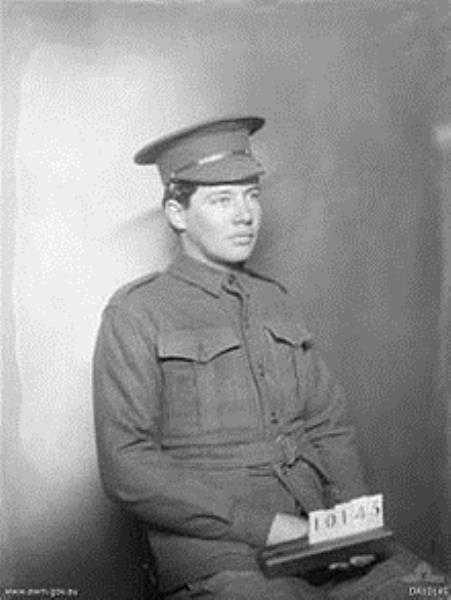By NOEL MURPHY
THEY bred them tough a century ago when Aussies threw themselves into the shocking conflagration that was Gallipoli.
The last Victorian veteran – and second-last Australian — of that campaign to pass away, in 2001 at age 107, Bannockburn’s Roy Longmore, rarely spoke of that long-ago war.
He’d been a sapper with the 2nd Division, digging beneath Turkish posts and laying mines. He attributed his survival at Gallipoli to his subterranean occupation.
“A lot of blokes would stick their head up saying, ‘Oh, they’ll never get me,’ but they did, so I kept my head,” Longmore once said.
At six foot one, or 185cm, Longmore – who arrived at Gallipoli in October 1915 – was glad he was presented with a shovel and told to tunnel. He considered himself lucky to be able to go underground.
After the Gallipoli evacuation of 1916, he served at Pozieres, Armentieres and Villers-Bretonneux on the Western Front.
Longmore was uninjured at Gallipoli but wounded three times in France – with shrapnel to the right thigh, right arm and left knee. For a time, he was thought dead when injured shortly before the 1918 Armistice.
“We were patrolling in a gully when suddenly half a dozen Germans appeared over a hill armed with machine guns and opened fire,” he said later.
“Jerry riddled me, knocking me flat on my back, and the last I heard was ‘Longy’s had it, they got him.”
Luckily, his mates saw Longmore move and set about rescuing him.
Roy Longmore was 21 and working as a farm-hand when he enlisted with the Australian Imperial Force. On his return, his injuries kept him from farm labour and he found work driving taxis in Melbourne.
“They’re no good, these wars,” he once said.
“A lot of lives lost, no use at all. There’s got to be another way of fixing up these rows without killing each other.”
When Longmore died, then Veterans Affairs Minister Bruce Scott described Longmore as “one of those who forged the Anzac legend, whose courage, service and sacrifice at Gallipoli laid down the tradition that … helped define us as Australians”.
He lived to see, a year earlier, recognition as an “Australian Legend” in a series of Australia Post commemorative stamps.







